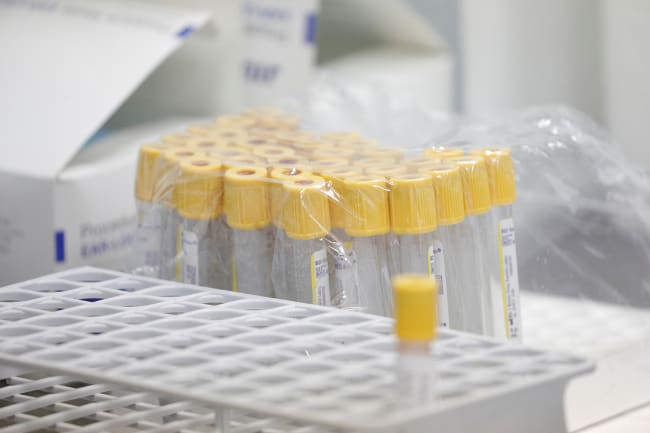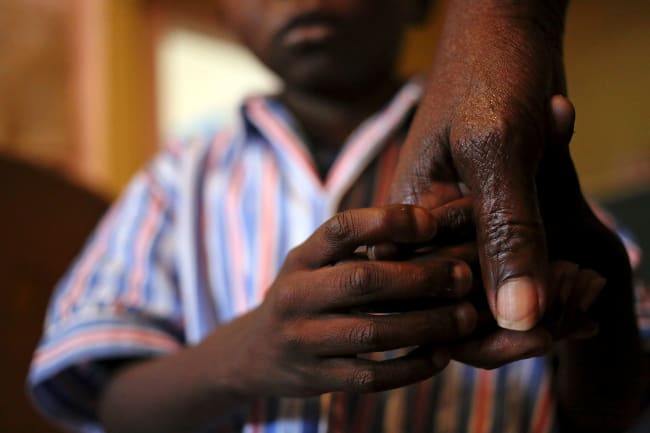Homelessness state of emergency proclamations have been declared in many different places across the United States in recent years. These were intended to improve housing and allocate resources for individuals experiencing homelessness. However, it has taken an entirely different sort of emergency to shift the quality and quantity of living spaces: the COVID-19 pandemic.
As the pandemic fades, funding and oversight of housing will be in danger of dissolving back into the insufficient patchwork solutions we had before
Since the pandemic began, many cities across the country have mobilized political will and funding to help unhoused individuals move into safer living spaces to reduce the spread of COVID-19. But because these moves were made as emergency responses, their future will be threatened once the emergency subsides. As the pandemic fades, funding and oversight of those housing allocations will be in danger of dissolving back into the insufficient patchwork of solutions we had before the pandemic. Worse, it may be hard to even maintain the insufficiencies of the past as economies reel, homelessness increases, local governments struggle financially, and social service organizations are stretched to provide for an increasingly large population. Just as cities find themselves struggling to treat the symptoms of COVID-19 outbreaks—and lamenting the inability to prevent them—local governments need to increase investment in programs that address the causes of homelessness, instead of the symptoms. Through investment in affordable housing and social services, we may be able to take one step forward instead of two steps back.
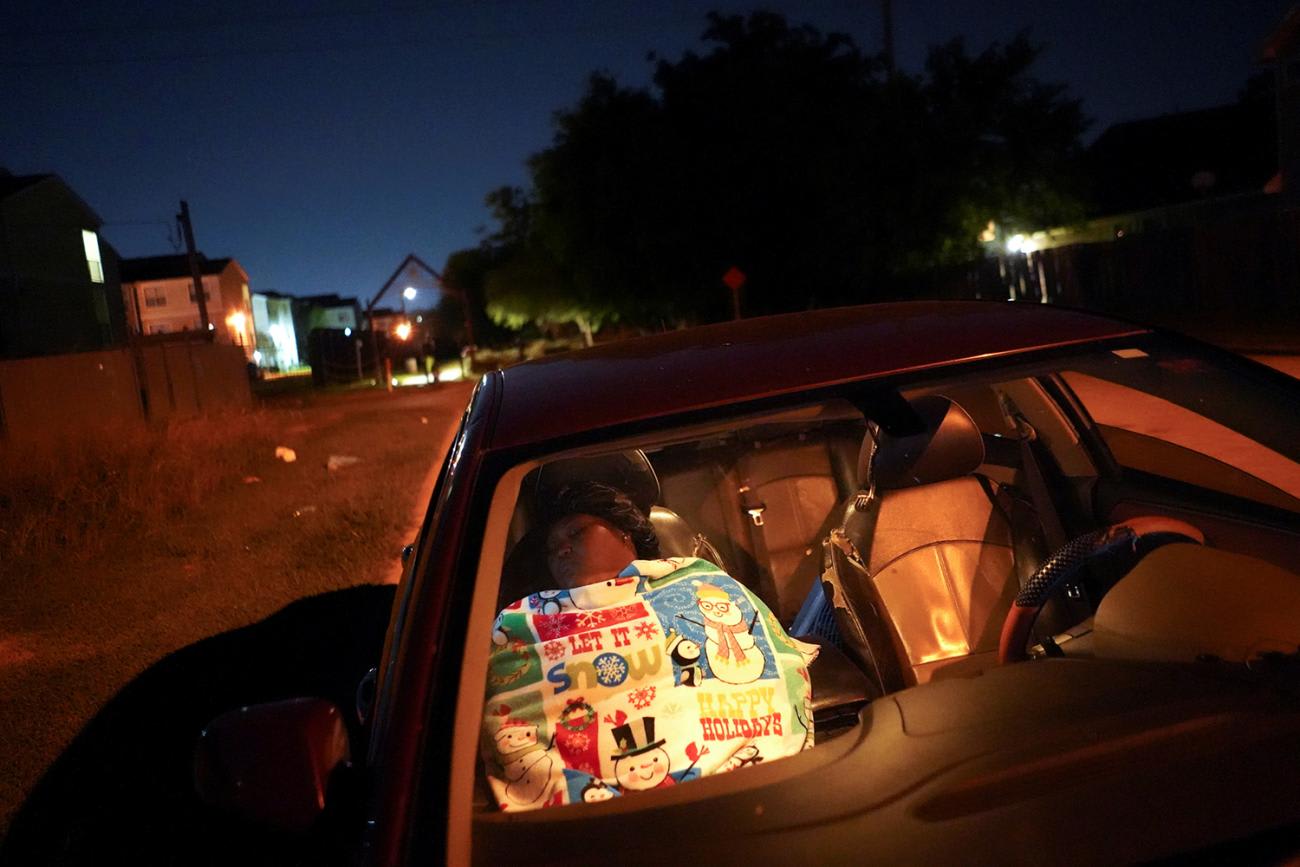
What Cities Have Done in the Pandemic
After decades of struggling to secure spaces to allow unhoused individuals to move off of the streets and away from overcrowded, sometimes unsafe shelters, cities have made rapid progress during the COVID-19 pandemic by securing more single occupancy rooms, creating new shelters, and installing additional hygiene units in order to limit the spread of COVID-19.
In Los Angeles, Project Roomkey has moved more than 10,000 people into motel and hotel rooms
In Los Angeles, Project Roomkey has moved more than 10,000 people into motel and hotel rooms. In Seattle, additional hygiene and shower stations were created, over 600 people have moved into hotels, and additional shelters with socially distanced beds were established. Similar efforts have been successful across the nation, such as in Detroit, Chicago, and Portland. Even though these moves were motivated by a desire to protect public health, evidence of individual benefits unrelated to the coronavirus have been piling up, with people reporting improved mental and physical health.
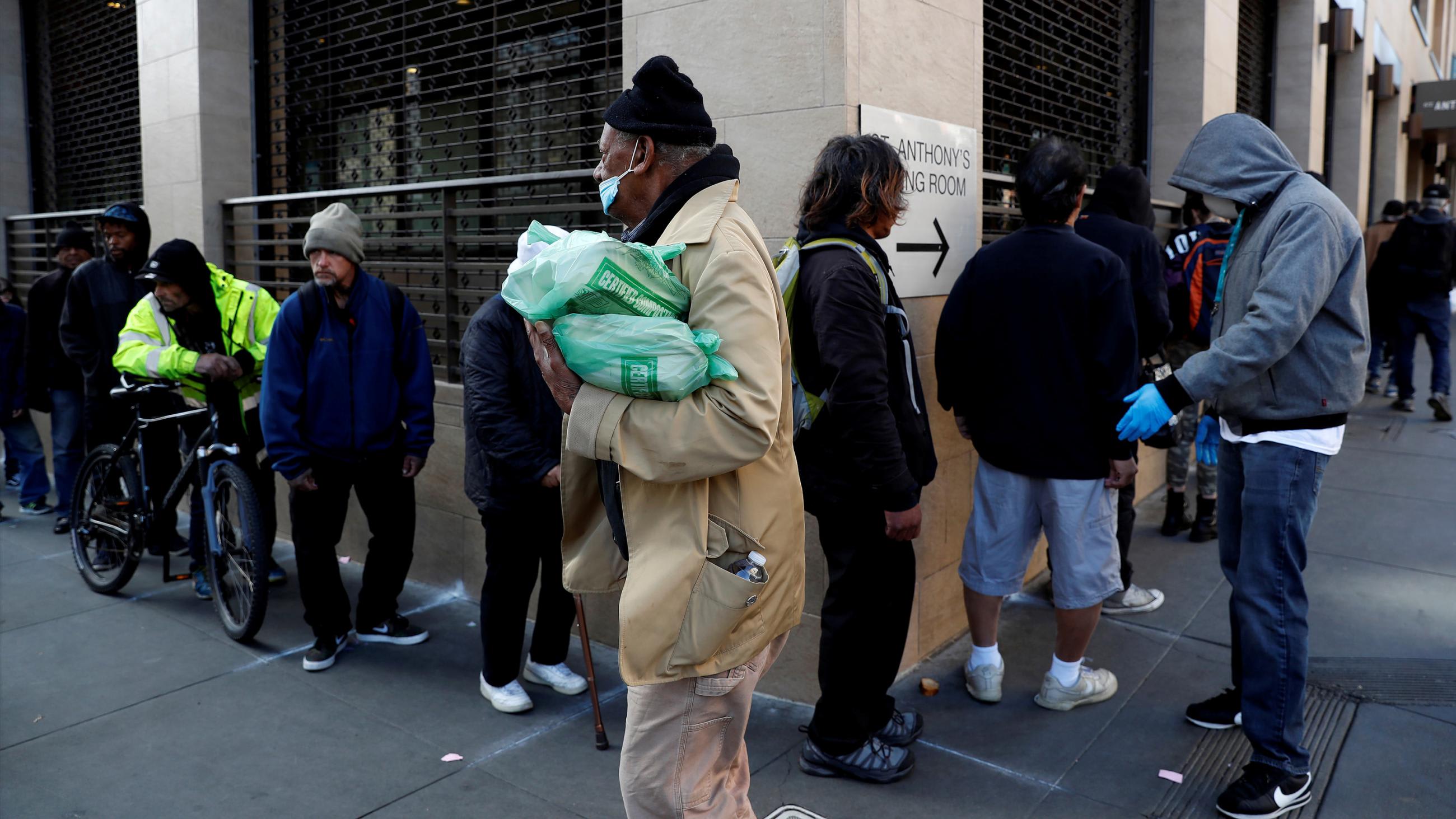
However, advocates and public officials alike worry that these successes will disintegrate amid the financial crisis. Already struggling to keep these services running during the spread of COVID-19 (and sometimes with aid from FEMA), the long-term viability of these programs post-pandemic is unlikely. Although public support for these programs is high, cities are already facing staffing shortages, and as the moratoriums on evictions are lifted and unemployment increases, the unhoused population may only grow, as will the demand for resources. Additionally, the myriad complexities of providing enough affordable housing provide additional obstacles that will require longer-term investment.
This implicit criminalization of homelessness is stigmatizing and fosters deeper mistrust between people who are homeless and their local authorities
As local resources continue to be stretched, more attention is being given to government budgets, particularly—as a result of the Black Lives Matter movement—with respect to spending on law and order. The United States spends twice as much on law enforcement (police, prisons, and courts) as it does on cash welfare (Temporary Assistance for Needy Families, food stamps, and supplemental Social Security payments). This gap has been widening since the 1980s. At the local level, the disparity can be even greater, with some cities spending 40 percent of their general fund expenditures on just the police. Consequently, police officers perform roles that fall outside of the scope of law enforcement. This includes responding to calls about homeless encampments, unhoused individuals in distress, people sleeping in storefronts, and a whole host of other situations that involve homeless populations. This implicit criminalization of homelessness is stigmatizing and fosters deeper mistrust between the people who are homeless and their local authorities—and it does not address the underlying issues that these communities face. Rather than more policing, what we really need are increased resources for housing, health care (including mental health services), and other social services. Prioritizing housing, for one, would create a more robust support system, rather than an expensive Band-Aid.
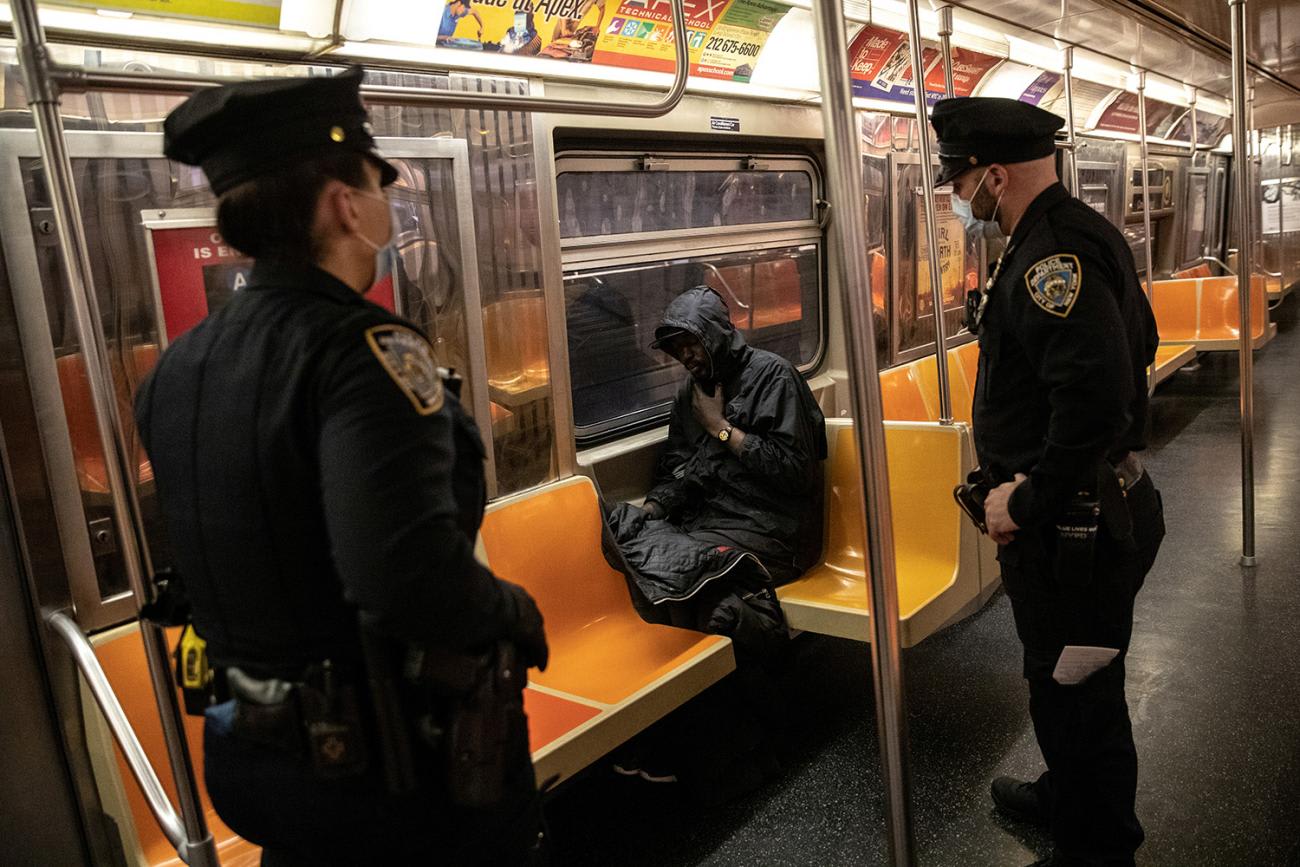
Ensuring Adequate Housing and Support
In addition to housing, cities also need to secure stable funding for other social services for people experiencing homelessness. Many of these services have been weakened by the pandemic.
Some 41 percent of food banks reported an immediate critical funding shortfall in April
For decades, from the Atlantic to the Pacific, unhoused individuals have stitched together a patchwork of resources to do everything from taking a shower to using the internet. However, as the pandemic sweeps the nation, many of the organizations that provided one service or another have been temporarily forced to close or pare down their services—as they have faced decreased volunteers, the inability to maintain the levels of safety and social distancing required during the pandemic, and an ever increasingly large population of people who require their assistance. In Salt Lake County, Utah, 16 percent of organizations have had to reduce their services, and 2 percent have had to close. The closure of libraries and restaurants has additionally reduced the informal places where people seek out bathrooms and shelter. Feeding America, which serves two hundred food banks and sixty thousand meal sites and food pantries, reports that one week after the publication of the Centers for Disease Control and Prevention (CDC) guidelines on social distancing, 41 percent of food banks reported an immediate critical funding shortfall. They also projected in April that over the next six months, $1.4 billion will be needed to serve people struggling with hunger.

In order to provide our unhoused neighbors and fellow Americans with the safety, dignity, and freedom to which they are entitled, our public officials must consider how we can learn from both the improvements and challenges observed during the COVID-19 pandemic.
A society committed to ensuring every American can access adequate housing and support
Our local governments should seize this opportunity to invest in decriminalizing homelessness by investing in social service organizations that can better address the challenges and root causes of homelessness. This is especially important as the effects of COVID-19 could mean increasingly stressed, dangerous, and unhealthy environments for individuals without stable housing. We have seen the good that can come from increased housing and hygiene investment, as well as the near collapse of the disparate resources on which homeless populations have long depended. It is time to transform our society into one that is committed to ensuring that every American can access adequate housing and support.

EDITOR'S NOTE: Both authors are affiliated with the University of Washington's Institute for Health Metrics and Evaluation (IHME). IHME collaborates with the Council on Foreign Relations on Think Global Health. All statements and views expressed in this article are solely those of the individual author and are not necessarily shared by their institution.


